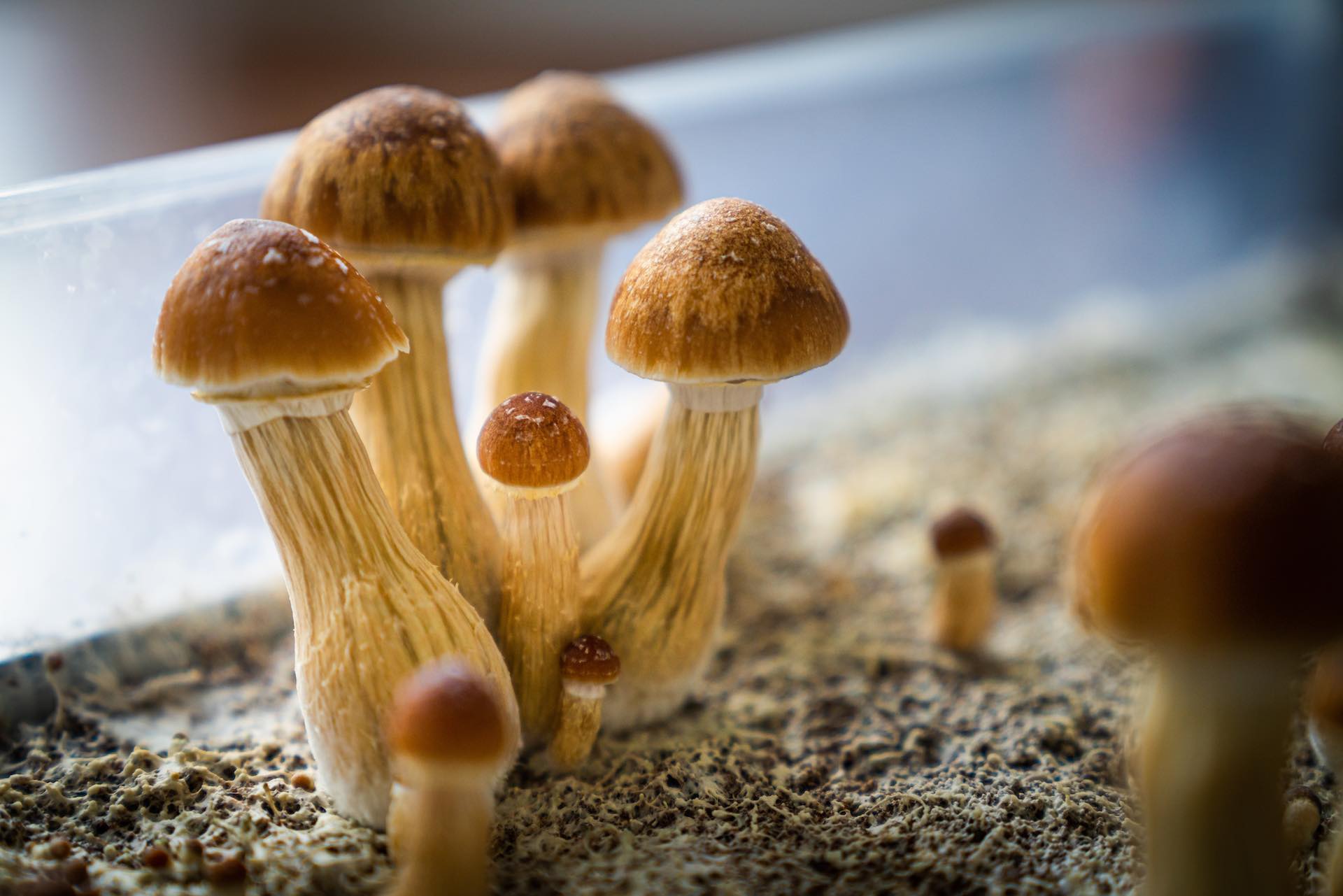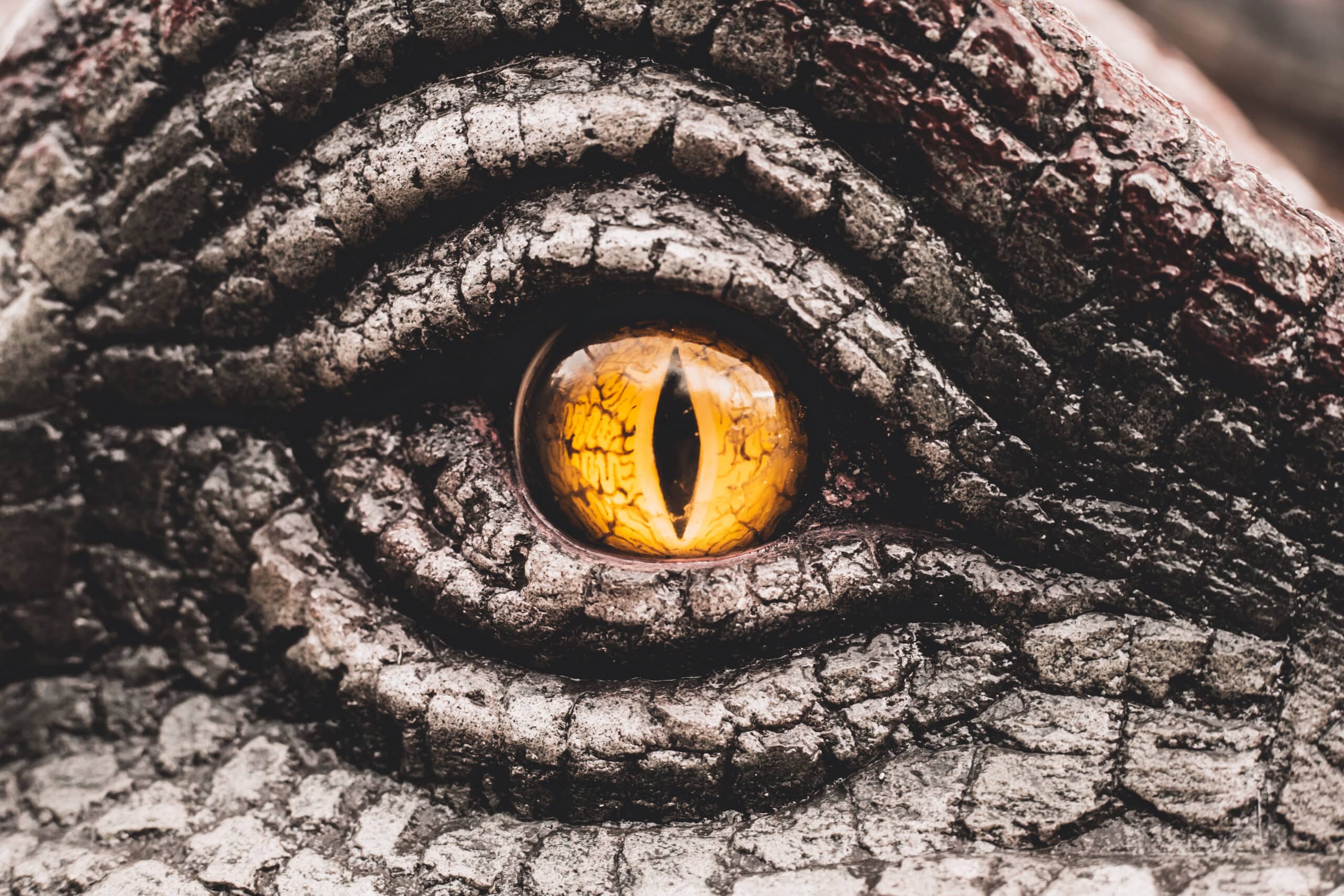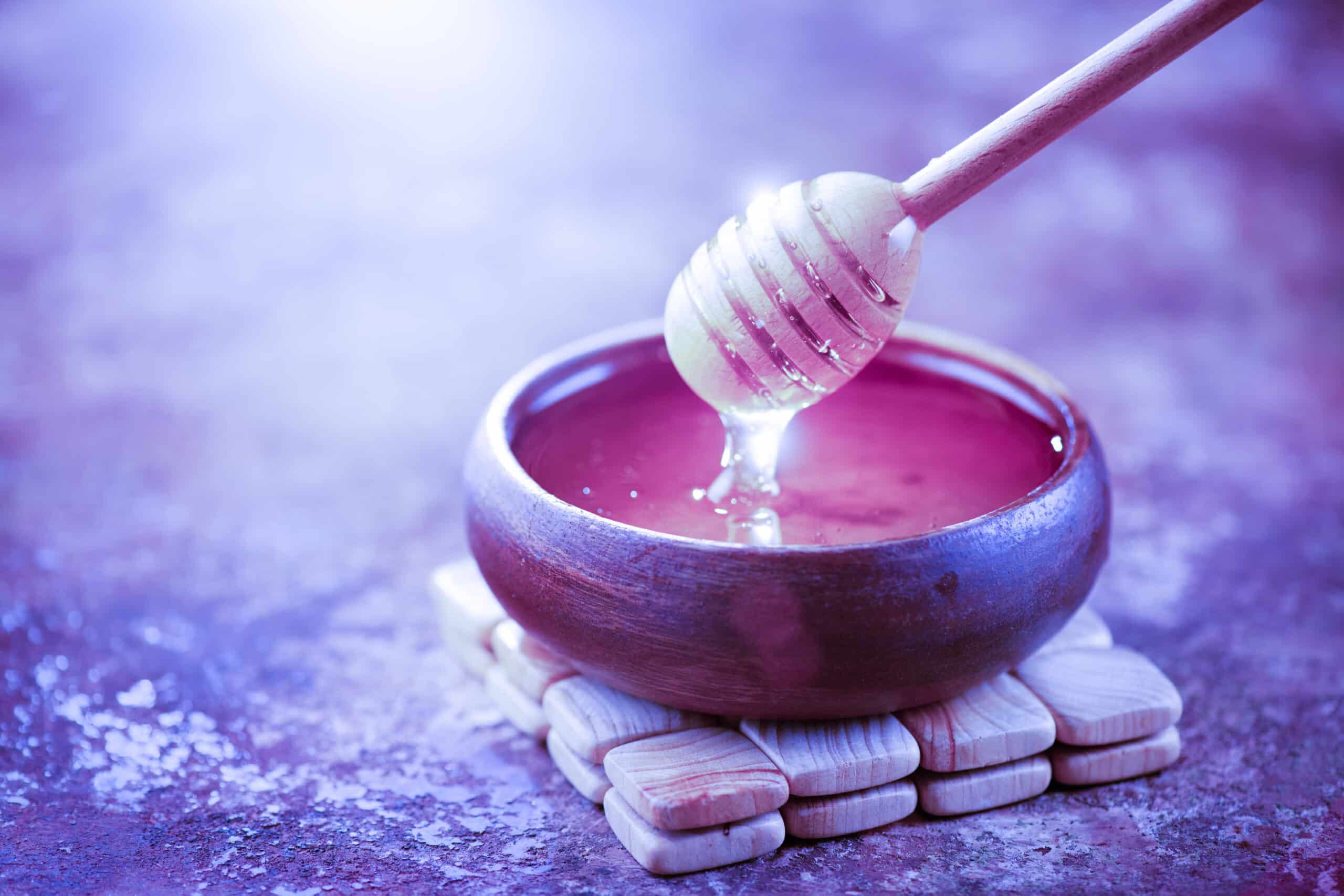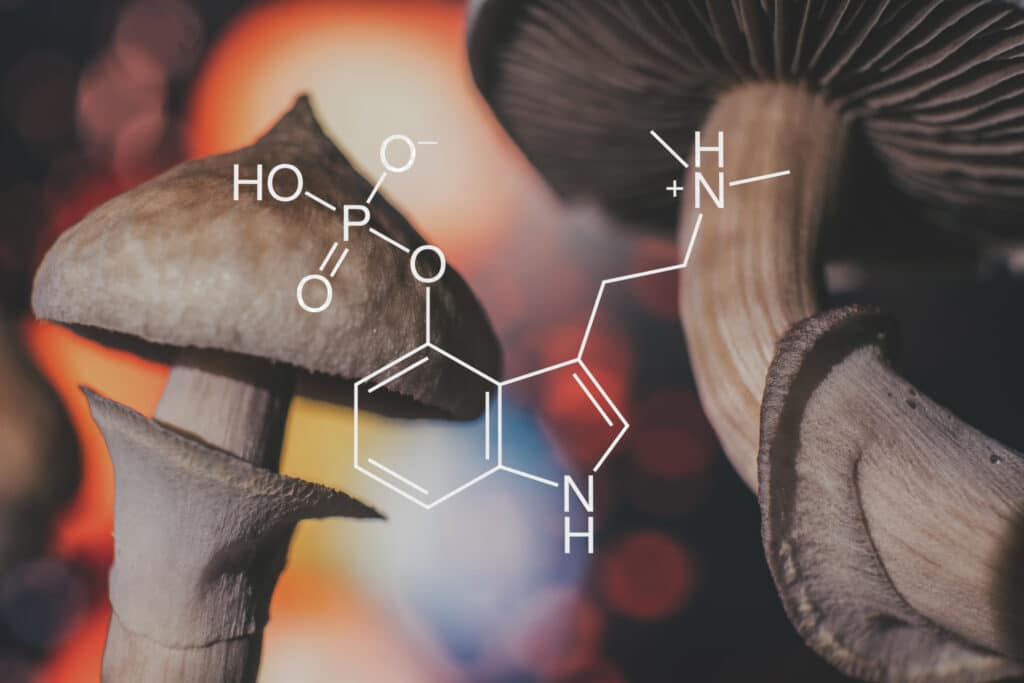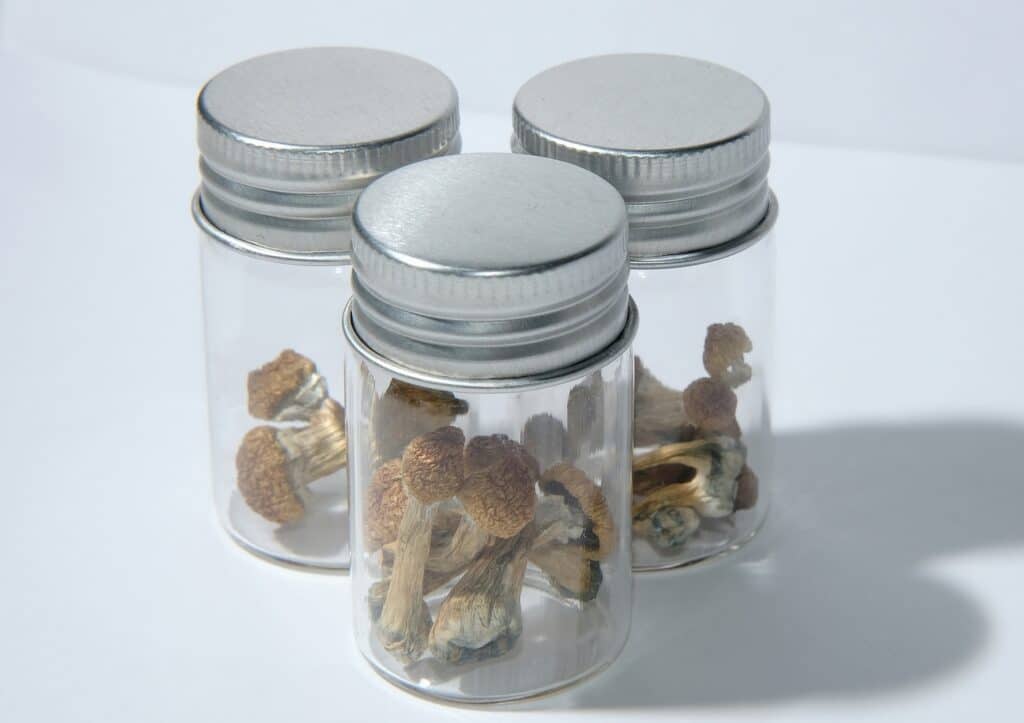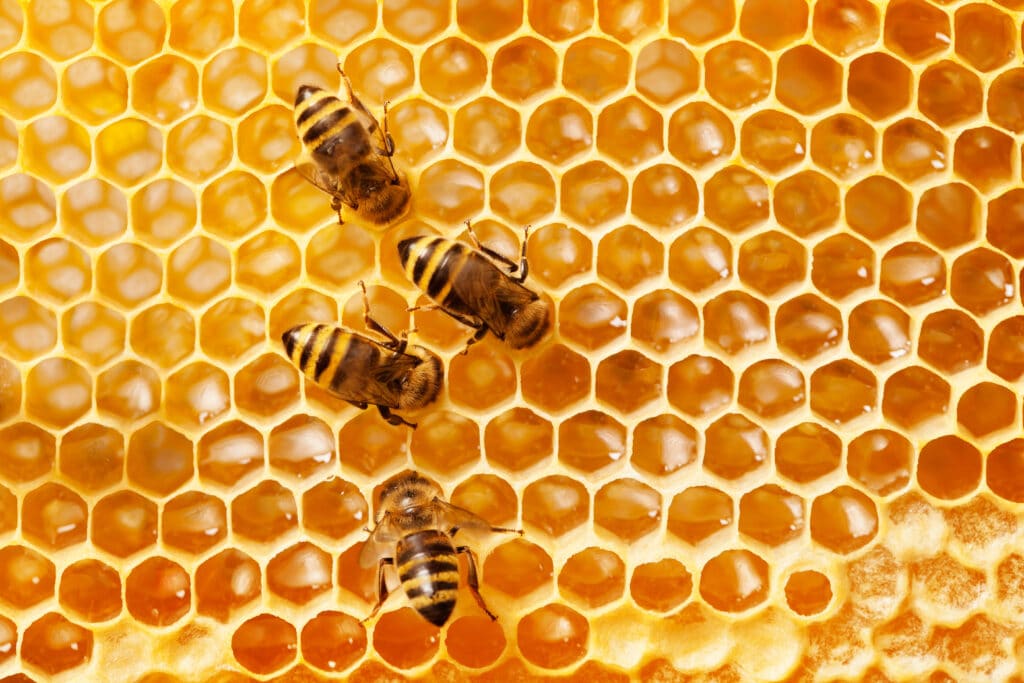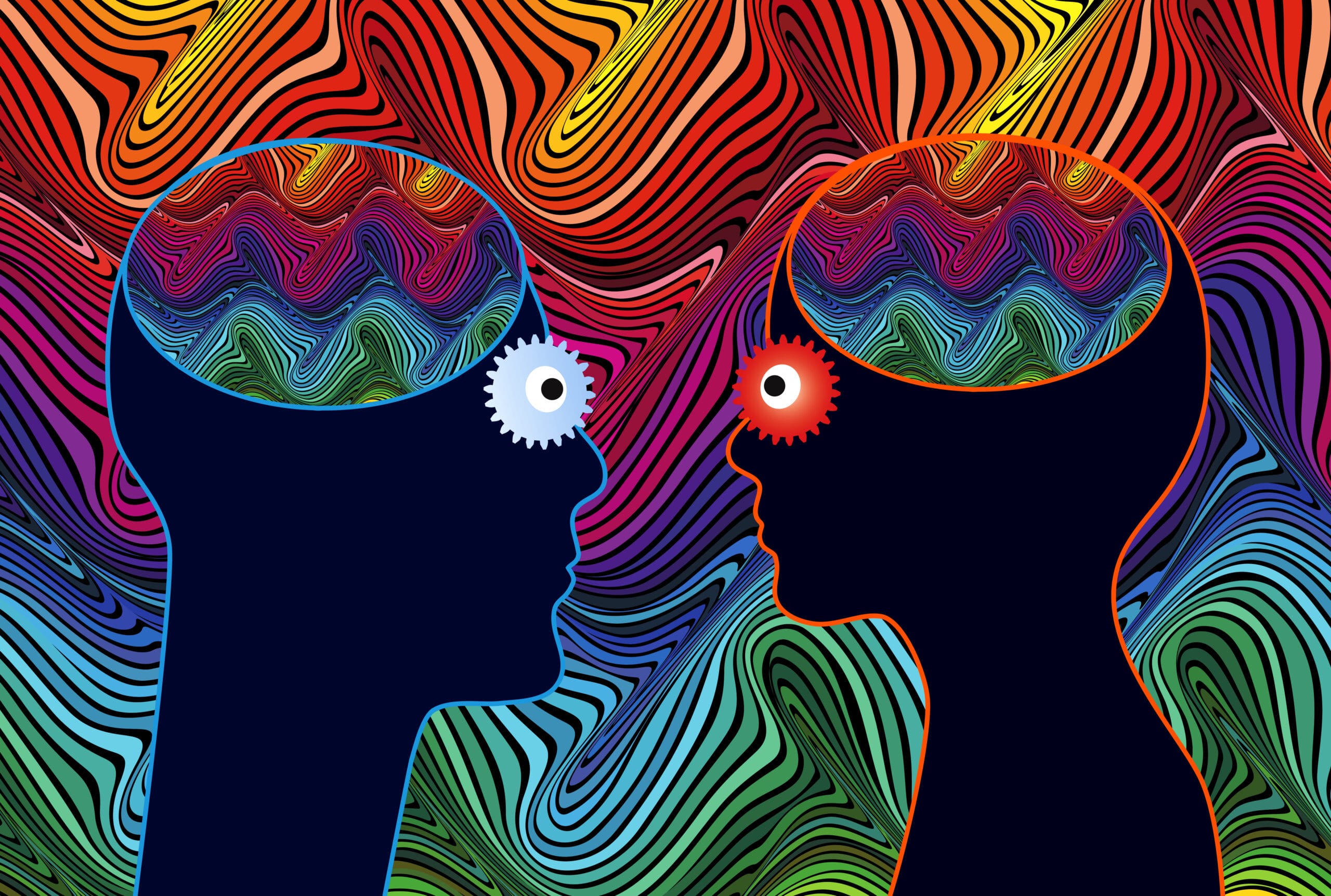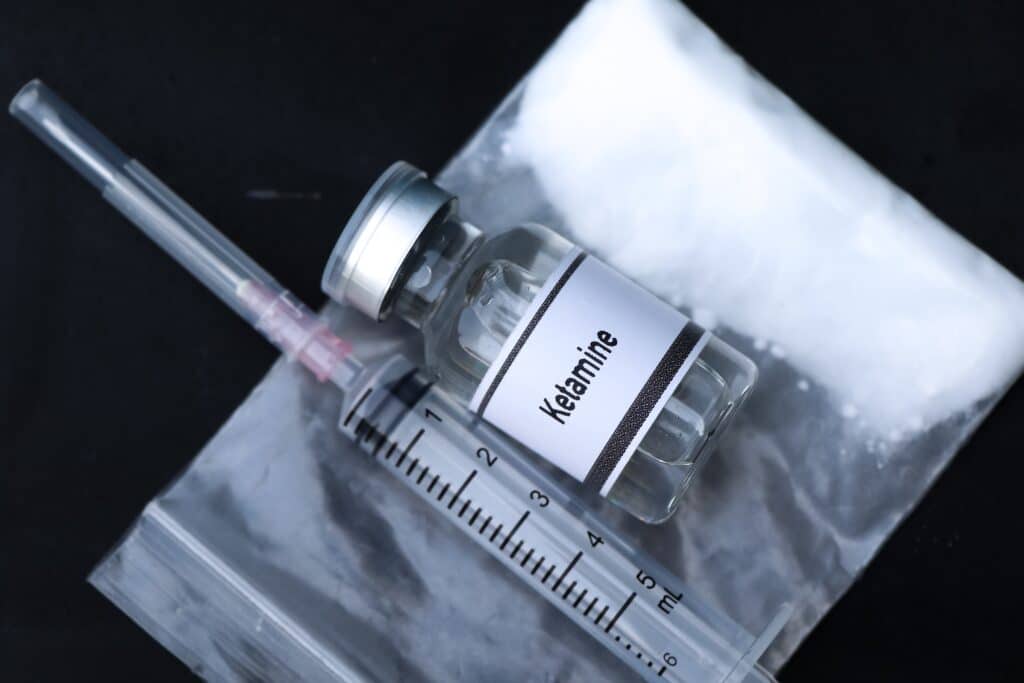After spending some time as a psilocybin mushroom grower, you’ve likely achieved harmony with a solid growing operation, seen some nice yields, and most importantly, you’re having fun doing it. Now you’re ready to shed your newb status and mature into an even better magic mushroom grower.
Simple adjustments can dramatically increase mushroom production and potency in your grow. Also, re-evaluating your approach to the entire process can help you implement modifications and know where to put them. Experimentation is encouraged, as is knowing that a modification that works for one grower may not for the next.
Check out these magic mushroom growing standards and hacks that can significantly boost boomer bounties for the hobby grower.
Use quality mushroom spore genetics
By starting out with a stable and reliable spore source, growers can help ensure their growing efforts are rewarded with healthy mushrooms and vast yields.
There’s no final consensus on what subspecies of mushrooms yields more than others—they can differ a lot from grower to grower. Anecdotally, some subspecies may have more vocal supporters than others when it comes to high yields, but individual growing conditions, genetic stability, and dried weight can affect overall yield.
Related
What to know before buying magic mushroom spores
Keep a grow log
The best way to determine which subspecies is ideal for you is by keeping a grower’s log. Observe and record growing practices, and analyze the data to see which spores deliver the biggest bounties in your setup.
Metrics like incubation conditions, spore subspecies and source, types of substrates and ratios utilized, as well as any other variables should be consistently recorded. This is as easy as creating and maintaining your own spreadsheet, writing in an organized diary, or ordering a grower’s log online.
Dial in humidity, temperature, and light
The general temperature zone for most magic mushrooms to begin fruiting starts around 62°F and can go as high as about 78°F. The ambient temperature in your house or overall space will affect the mushroom habitat, so maintaining temperature fluctuations can affect net yield. Species may differ from one another, and information is usually available from the spore producer.
Relative humidity (RH) should hover around 90% or slightly higher for just about all psilocybe subspecies. During the incubation phase, when dew drops on the caps start to disappear, mist chamber walls with water to maintain proper humidity levels. A digital hygrometer inside your monotub, terrarium, or grow chamber will also make it easy to monitor levels regularly.
With regards to light, all mushrooms really need is some ambient light, or an hour or two a day of light from a fluorescent or LED. This little bit of light is all that is needed in order to give the signal to the mycelium to start forming mushroom pins.
Shop highly rated dispensaries near you
Showing you dispensaries near
Some growers say overexposing mycelium to extraneous light can actually cause stress to the substrate, which can affect mushroom health and yields.
Increase ventilation and air exchange
A mushroom fruiting chamber or monotub has the big responsibility of trying to mimic actual environmental factors like temperature, humidity, and light. But other factors such as proper oxygen (O2) and carbon dioxide (CO2) levels also have to be maintained to get mushrooms healthy enough to fruit. A growing environment rife with too much CO2 can negatively affect mushroom health and yield.
Monotubs and grow chambers should be equipped with several ventilation holes that measure around 1”x1” each, and are covered with plugs or micropore tape on each side to allow for fresh air exchange. Implementing a self-fanning regimen, or installing a small computer fan into your grow chamber can efficiently dissipate stale and detrimental CO2-rich air through these holes.
Related
How to grow psychedelic mushrooms for the first time
Keep it sterile
All of the above tips, strategies, and reminders don’t mean a thing if you don’t work clean. As a standard practice, avoid unnecessary contact with your growing environment as much as possible. There are germs everywhere, so any encounter always increases the chance of contamination.
Establish a hand-washing regimen and use gloves and masks anytime you access your little world to give your mushrooms their best shot at yielding mass quantities.
Add nutrient supplements
Adding nutrients such as compost to substrate is a sure-fire way to deliver beneficial nitrogen and carbon to the network of psilocybin-generating fibers known as the mycelium.
Amino acid-based compost is renowned in cultivation circles for spurring increases in mushroom yield flushes and overall potency. Aged manure and straw act by feeding the mycelium a diet rich with nitrogen, carbon, potassium, and phosphorus—all of which make mushrooms grow healthy. Some other organic supplement sources include alfalfa, blood and bone meal, worm castings, and fish meal, all available online or at a garden store.
Be sure to mix your substrate and supplemental compost matter no more than a day before you introduce the fully-inoculated mycelium to start the mushroom fruiting process. This practice avoids contamination risks. Excess ammonia levels found in composts like manure can affect the mycelium’s homeostasis and ability to grow.
Dunk and roll substrate cakes between flushes
The PF tek technique has been successful for homegrowers for decades because of its simplicity of procedures and equipment. This method requires growers to create substrate cakes in mason jars, sterilize and inoculate them, and then place the inoculated cakes inside a grow chamber with optimal fruiting conditions.
Cakes used in the PF tek method lose moisture when pumping out waves of fruiting mushrooms—known as flushes. Flushes happen about 2-3 separate times during the entire fruiting process, regardless of whether using the PF tek or any other mushroom incubation method.
If a cake starts to appear dried-out between flushes, you can use the dunk and roll method to restore and rehydrate it. This practice promotes continued health for subsequent flushes.
Here’s how to achieve a proper dunk and roll:
- Wash hands thoroughly and wear sterile, disposable gloves.
- Carefully remove the cake from your growing chamber.
- Delicately rinse cake with drinking-quality tap water or distilled water.
- Insert cake into a pre-sterilized mason jar, tupperware container, or ziplock bag full of water.
- Ensure the cake is submerged in water and able to fully absorb it.
- Keep the cake submerged for 12-24 hours inside a refrigerator.
- Remove the cake, and with gloved hands, roll all sides with freshly-opened vermiculite.
- Place the cake back into your growing chamber with another spoonful of vermiculite on top and mist it.
Related
How long do magic mushrooms stay in your system?
Proper drying can increase potency
Generally, younger mushrooms picked just as the veil beneath the cap tears away are considered ripe. Any mushrooms picked after will most likely begin to lose potency because they then focus on spore production. However due to an inability for extensive research as a result of legalities regarding psilocybin, this phenomenon can still be a matter of some speculation.
Mycologist Paul Stamets is a firm believer that younger mushrooms with veils broken have a stronger potency and effects. In his book, Psilocybin Mushrooms of the World, Stamets states that “Many of us have found that, by mass, the juvenile mushrooms are usually much more potent than the adults.”
Another way to keep your magic mushrooms potent is to dry them in the best conditions possible. Drying mushrooms in a well-ventilated room with a drying rack and some desiccant to eliminate water content is ideal. A food dehydrator works fine too!
Keep your crisp, moisture-free mushrooms in an airtight jar with silica packs in a dark place to prolong psilocybin levels. Environmental factors like light and heat can degrade potency.
Regarding storage of magic mushrooms, Stamets also says in his book, “Most psilocybin mushrooms stored longer than a year usually show a significant loss of potency, especially in psilocin.”
Grow more mushrooms
If you want to grow more mushrooms simply give yourself more of the three “S’s”: spores, substrate, and space. Having more substrate rich with inoculated mycelium will increase organic mass and potentially increase your mushroom production. Keep in mind that you’ll need more surface area to accommodate it all.
If you still dabble with the rice cup or PF tek methods, consider moving up to monotubs and substrate blocks, which offer a larger space to grow more mushrooms than a typical terrarium setup. Add multiple monotubs or a mini-greenhouse and your mushroom production will bloom dramatically.



